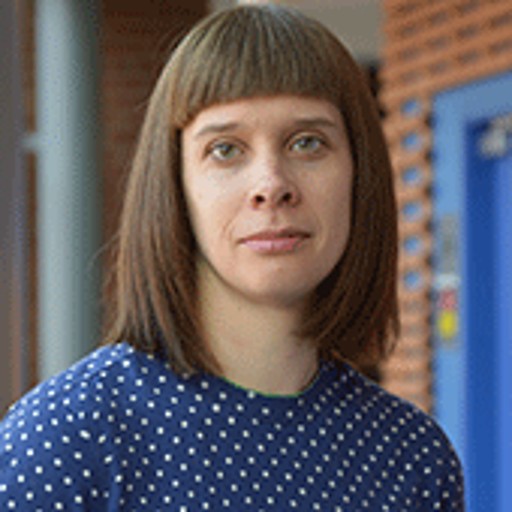Welcome to the first workshop of the CHAIR theme Large Language Models for Mathematics and Programming, which started 2024.
Overview
- Date:Starts 21 August 2024, 09:00Ends 21 August 2024, 16:00
- Location:OOTO 4:an, Chalmers Campus Johanneberg
- Language:English
- Last sign up date:14 August 2024
Today, large language models are used in a range of areas. In this workshop we will focus on their use in mathematics and programming. In particular, LLMs can augment proof assistants, helping users to go from mathematics described informally in English to representations that can be checked by the proof assistant (autoformalisation).
Proofs in proof assistants resemble programs, so generating proof-scripts is not too dissimilar from program synthesis, which is also a topic of this workshop. Here, we might not only want to synthesise programs in a given language, but perhaps even augment the language with new constructs, abstractions and functions.
As this is quite a recent direction of research, we have an exciting lineup of young researchers presenting their work in these areas.
Schedule
9.00 - 9.10 Intro and Welcome
9.10 - 9.50: Emily First - Machine Learning for Theorem Proving Using Trial-And-Error
9.50 - 10.30: Gabriel Poesia - Learning Formal Mathematics From Intrinsic Motivation
10.30 - 11.00 Coffe break
11.00 - 11.40: Atharva Sehgal - Neurosymbolic Programming for Scientific Discovery
11.40 - 12.20: Theo X Olausson - TBC
12.20 -13.20: Lunch
13.20 - 14.00: Siddhartha Gadgil - Autoformalization and Friends: Interactive Theorem Provers and Artificial Intelligence
14.00 - 14.40: Wenda Li - Autoformalisation: Bridging the Gap between Informal and Formal Proofs
14.40 - 15.10: Coffe break
15.10 - 15.50: Alex Gu - TBC
Abstracts
.

CHAIR Theme: Large Language Models for Mathematics and Software
Large language models, such as Chat-GPT, have demonstrated remarkable abilities to understand and generate human language. This theme explores their potential to contribute to mathematical reasoning and software creation, extending beyond traditional methods and potentially uncovering novel approaches and solutions.
